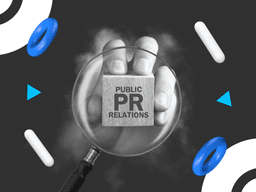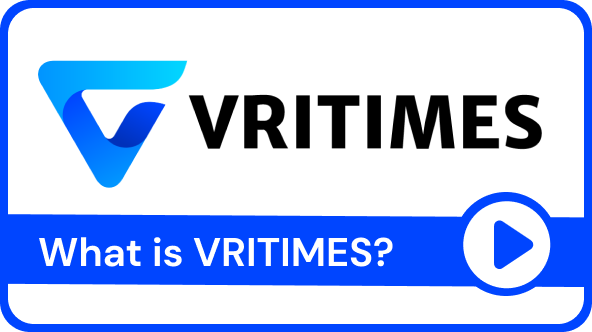/ 5 Tips for Writing a Press Release to Deal with Negative Issues
5 Tips for Writing a Press Release to Deal with Negative Issues

There are many different types of press release. One of them is a crisis (negative issues) press release. Writing a press release to deal with negative issues will be different from writing any other type of press release.
Unlike the other types of release, this release aims to maintain the company's good image. Therefore, any statement must be able to meet the needs of the readers and be carefully written to avoid criticism.
5 Tips for Writing a Press Release to Deal with Negative Issues
Some examples of negative issues or crises are: Facebook dealt with privacy issues, Gojek dealt with massive employee layoffs, and Uber dealt with sexual harassment and a hostile work environment.
Writing an attention-grabbing press release is an effective way to maintain your company's good image. Here are some tips for writing a press release to deal with negative issues:
1. Outline the Crisis
Outline the situation by considering the aspects and possible solutions that are within your control. Then consider how it affects your stakeholders (employees, investors, suppliers, customers, etc.) by asking: "How does this crisis affect each stakeholder?
If possible, discuss this with the stakeholders. This will help you define the crisis from different perspectives, including risks and concerns. This will help you understand what you need to address in your press release.
2. Decide How the Company will Respond
Once you understand the situation and its impact on stakeholders, identify the realistic solution(s) that can allay concerns and mitigate risks. To determine the right response, answer the following questions:
Was your company at fault?
If so, write a transparent admission of fault without any form of defence. This will show the audience that you are taking responsibility. Otherwise, it may leave them angry with your company and uncertain about the future.
What tone should you use?
If it was your fault, use a humble, sincere and competent tone. Do not make excuses to defend your company. The audience needs to hear your apology and the right solutions to the crisis.
How can you help those affected?
Sometimes a crisis helps to strengthen your relationship with others. If it does, find a realistic and achievable solution to help those affected. If your company is at fault, it should mitigate the damage and reassure the audience that the crisis will not happen again.
3. Identify the Targeted Audience
The crisis may affect only some groups of people, not all your stakeholders, not even all your customers. You need to define who is affected as the target audience. This will enable you to speak directly to their needs through a release.
Identify why and what they need to hear from your organisation. Use the 5Ws to write clearly what they need to hear from you. For example, the customers affected by the data breach will want to know your next steps to protect their data in the future. They may also be looking for additional compensation, such as: free membership point, identity monitoring programme, discount, etc.
4. Set the Tone
If your company is at fault, use a humble and competent tone to communicate the facts and the solution. This allows the audience to understand that your company has the ability to admit the mistake(s) and implement the best solution.
5. Write Facts Only
Even if your company is still investigating and it is still unclear who is to blame, do not use justifications to defend yourself. Doing so will only increase their distrust of your company.
Instead, communicate the facts and the solution effectively by answering the 5Ws + 1H. You can also include a contact person who can be contacted if necessary.
Dealing with negative issues is an obvious challenge for the PR team. Writing a good press release is an effective way of maintaining the company's good image. Follow the tips above to write a good press release to deal with negative issues.

























































